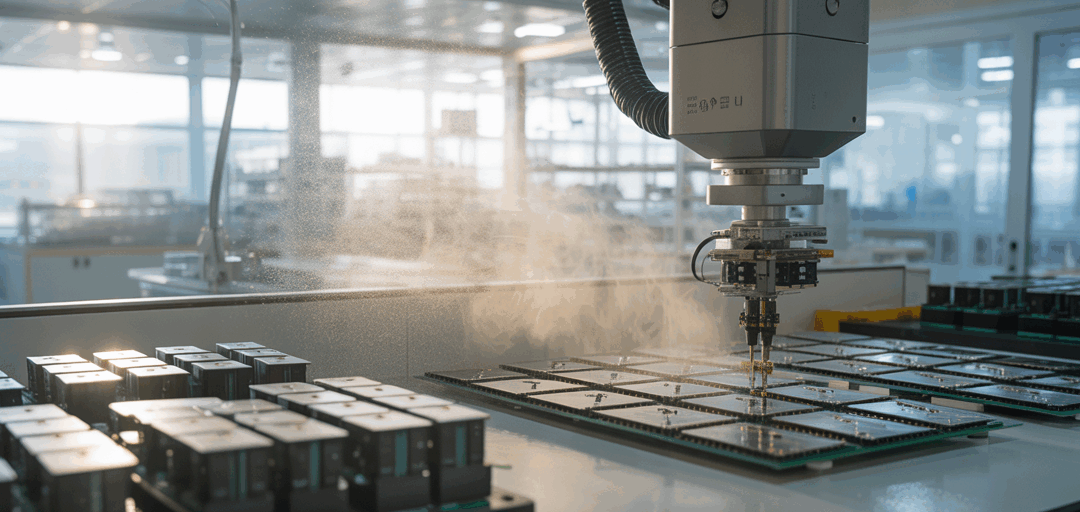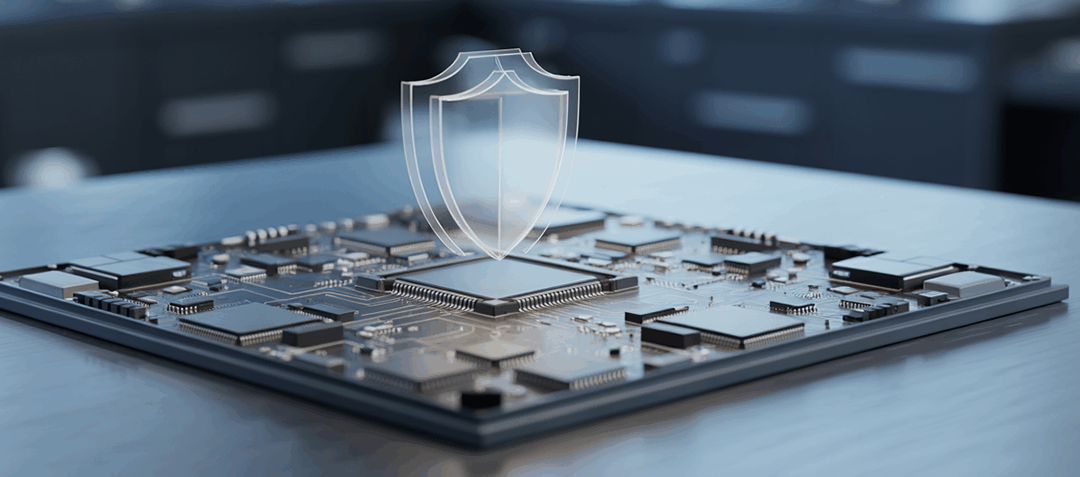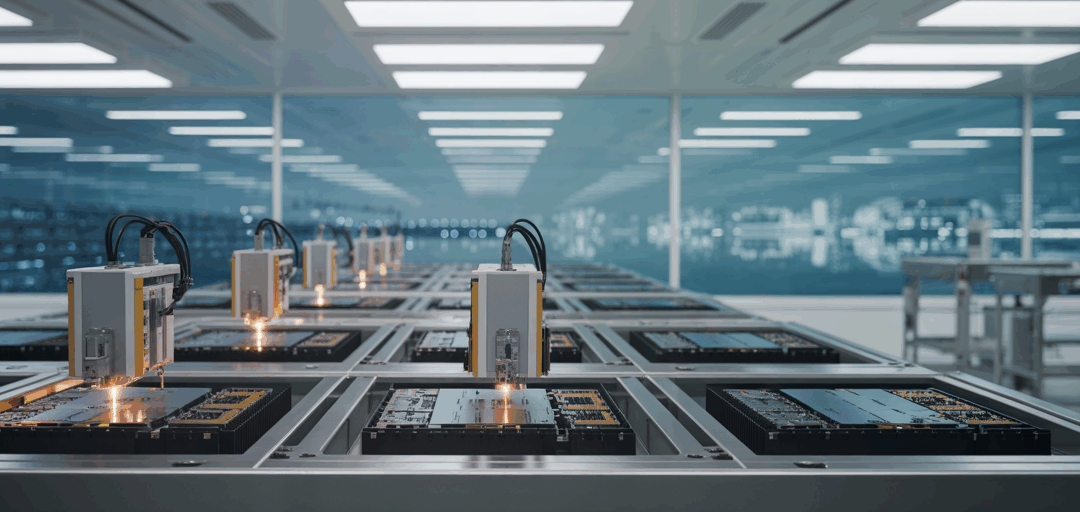Adiabatic in Scientific Circles
The word adiabatic may sound unfamiliar, but it has a growing importance in the world of coolers and humidifiers. Originally used in scientific circles, the word first found use in thermodynamics to describe a process where heat generation in a system occurs without drawing energy from its surroundings. Now, its application is applied to anywhere from planetary systems in space to cooling and humidification systems. This latter application is where adiabatic is finding growing importance.
Like many systems, a widening increase in application promises expanded utility. Computer companies and the giant search engine firms covet what adiabatic systems promise. Temperature control, dry and easier controlled atmospheres underscore the need and purpose of these cooling and humidification systems that support higher chilled water temperatures.
Like cold water and hot oil, data centers and high temperatures simply don’t mix.
Adiabatic systems
Adiabatic systems employ water to absorb heat in a room. The system is cheaper than CRAC systems that use a lot of energy to compress the gas (air) in a room so that it releases the heat it stores. Adiabatic’s approach to the problem is simple. By way of an example, wet sheets are hung to absorb a room’s heat in very hot countries. This is the principle, and many computer firms are making the switch.
Speaking of making a switch, many of largest search engine, cloud and computing firms have relocated their data centers to Quincy, WA. Not only does the climate remain cool and arid throughout the year, but the nearby Columbia River is an excellent source of hydroelectric power. This expresses the need to have reliable climate to promote continued to optimal performance by the many electronic devices like switches, data storage and servers cool.
One of the largest cloud providers uses wet screens in the walls of its facility and blows air through the screen to help absorb the heat while beating both heat and humidity. The air that makes it through the screen, or in some cases mats, comes out colder, having released the stored heat to the surrounding water. The process is very much a double duty. Once the heat expands, and the air cools, a reduction in humidity occurs simultaneously.
Investment in heat reduction assets
Though they and other companies use a varied attack on beating back the heat to promote greater efficiency and speed by the electronic devices, the other upside is cost. Taking a look at energy expended to reduce heat versus the heat generated by the heat reducing systems convinced companies that had to find solutions beyond the traditional approaches. Adiabatic prove they can meet the challenge.
As companies expand the use of adiabatic systems to reduce heat, they have discovered that the infrastructure developed to do beat the heat is no longer required. Investment in heat reduction assets and the cost associated with operating and maintaining these infrastructures are substantially reduced.
ASHRAE
The other factor, aside from cost and enhanced performance results, is the ever-present regulatory mandates and restrictions. Abiding by ASHRAE’s 80% humidity guideline presented another layer of infrastructure, increasing investment to beat the heat. As explained above, adiabatic systems play a dual role, employing one tool to fight heat and humidity.
Expansion of adiabatic systems will go beyond the business world and into the home. Such systems provide many of the same advantages to the homeowner. Though no longer concerned with cooling data and cloud centers, the cost factor and the obvious desire to remain cool make this system ideal for the homeowner.
Contact us, Smart Fog Inc, for more information about humidifiers and the adiabatic process, aside from discovering the many other technologies used to reduce heat and humidity so that the ultimate choice arrives from an informed decision.





